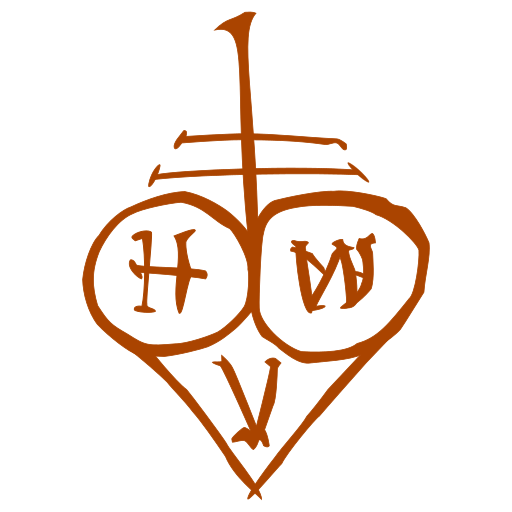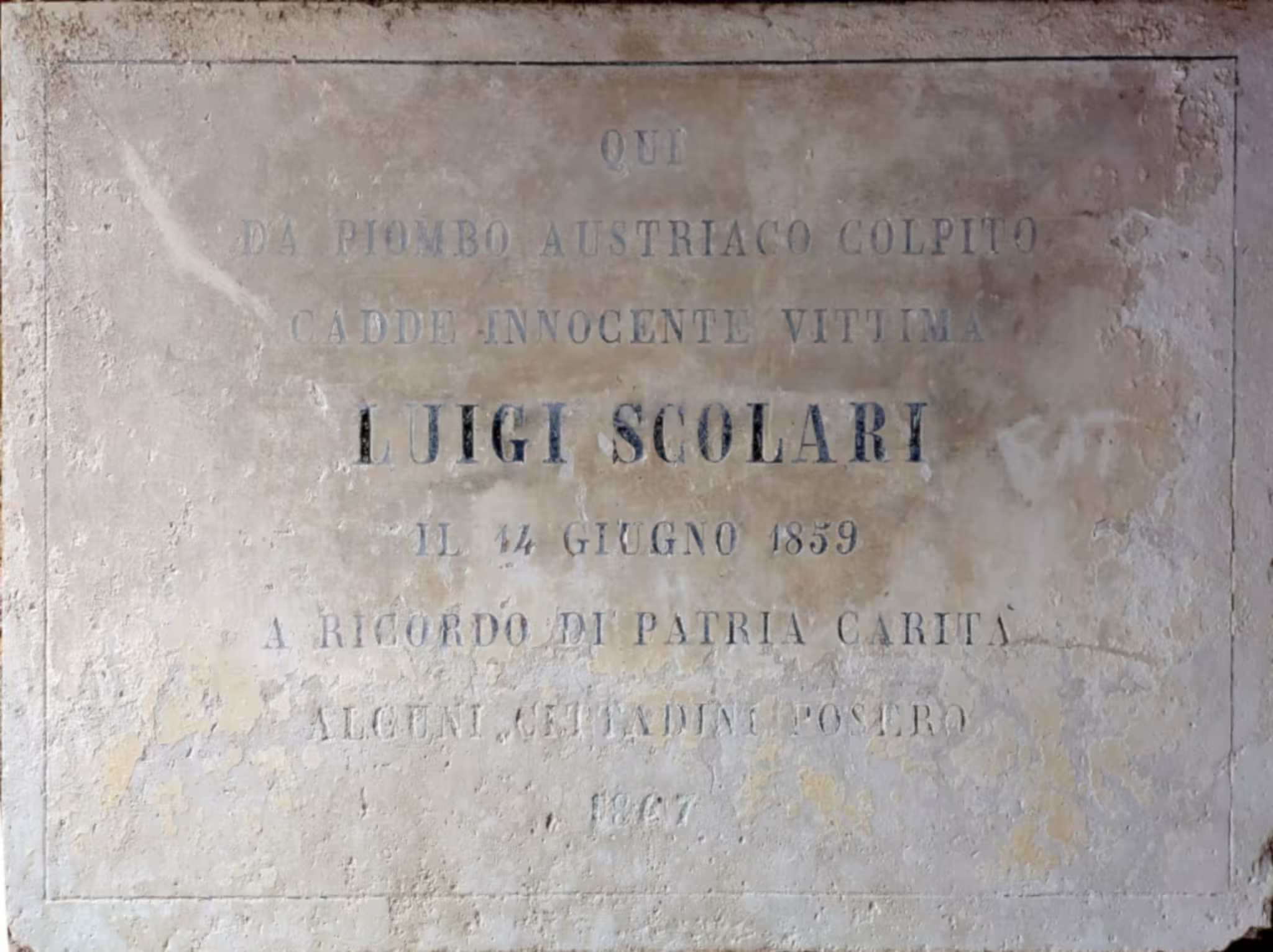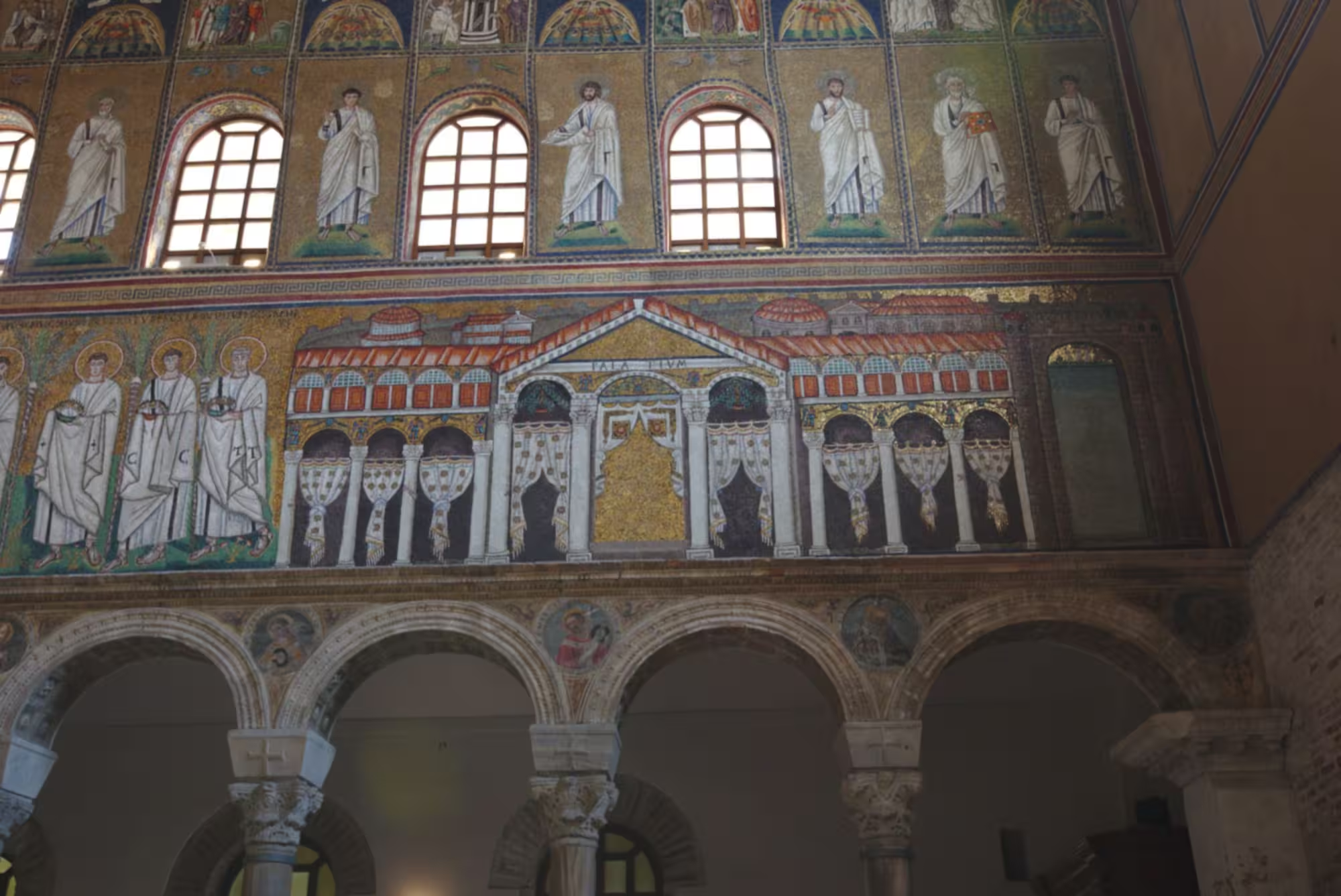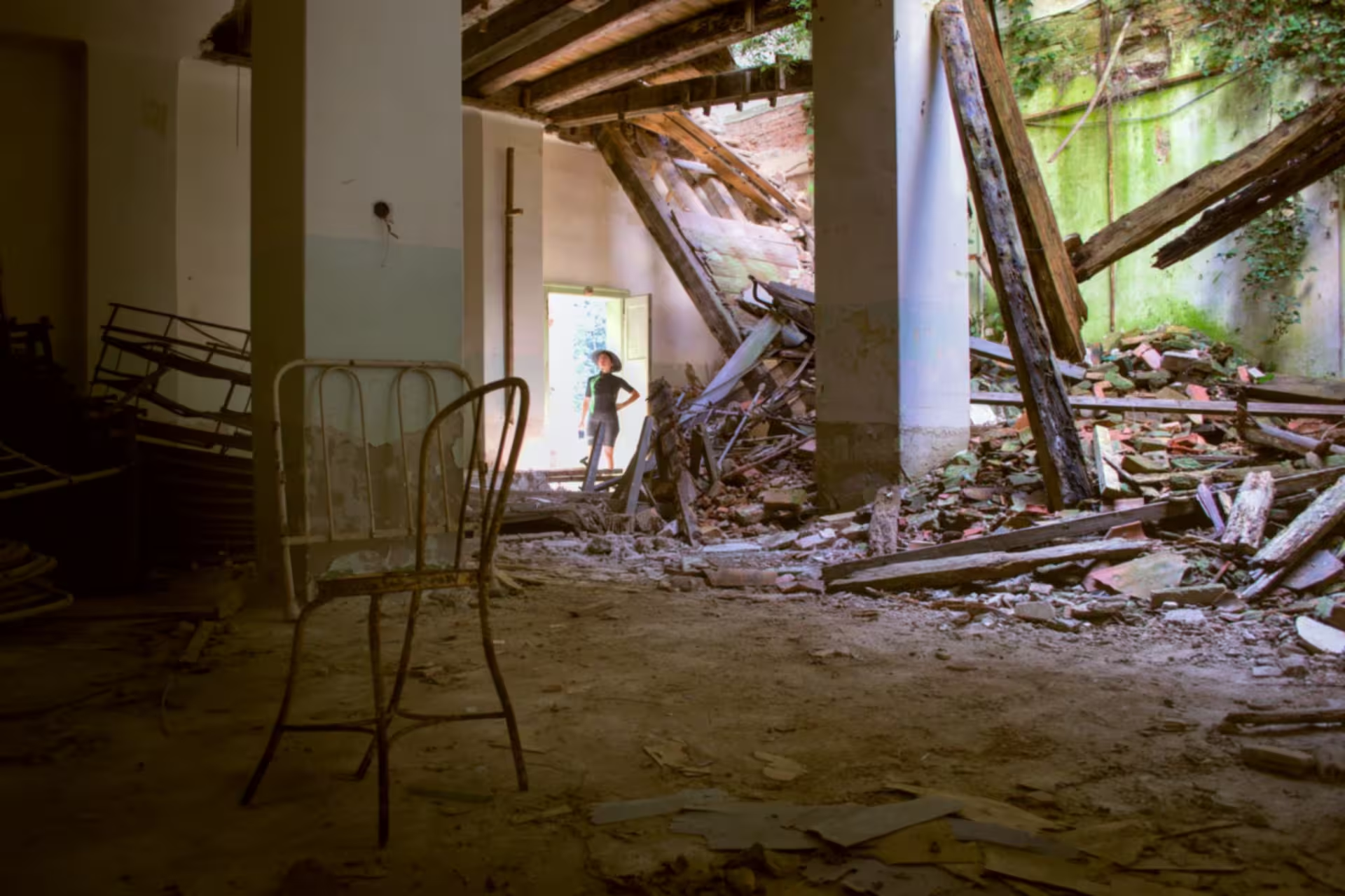The Fortress of Sant’Andrea is a unique example of Renaissance military architecture and engineering, situated in the Venetian lagoon not far from Venice.
It is also, sadly, abandoned.
1300s
- 1313
A wooden tower on the Certosa island (then called Sant’Andrea) was probably an observation post overlooking the access route from the sea to the city of Venice. - 1379–1380
During the War of Chioggia (1379–1381) the defences on the Lido at San Nicolò were reinforced to prevent a possible Genevese incursion from that side.
1400s
- 1400
The Maggior Consiglio decided “in the marsh, for the safety of the port of San Nicolò, to build a fortress of stone in such a way as will appear better and more useful.” This is the start of the toponym “li do castelli” or “li do castei” (the two castles), with the fort on the Lido as the Castel Vecchio and the new fort opposite the Castel Nuovo. - 1401
The Senate made more elaborate decisions about the form and function of the fortress, among other things the need for a chain across the canal between the two fortresses. - 1404
Building works started. - 1410
The Maggior Consiglio solicited the end of the works, which apparently weren’t finished yet. - Before 1413
The central maschio of the fortress carries the coat of arms of Doge Michele Steno (1400-1413), so it must have been finished enough for him to claim its construction.
1500s
- 1508
The Council of Ten decreed reparations and modifications to the fortress. This was during the War of the League of Cambrai (1508–1516). - 1526
A drawing shows the medieval fortress, with two side towers, and a double gate on the front, along with numerous palisades in the bocca di porto to guide the ships down the navigable canals. - 1534
The Council of Ten approved a programme of defensive structures in the lagoon, out of preoccupation with possible naval attacks on the city. The Council of Ten entrusted Michele Sanmicheli with studying the coastal area. - 1535
Sanmicheli reported back to the Council of Ten. His report contained many suggestions, and for Sant’Andrea he proposed a double fortress with a chain in-between, to ensure that any intruder would be met by a devastating cross-fire. The Council of Ten approved the project. - 1536
Other experts opposed the project of Sanmicheli, but the Council of Ten re-confirmed its support. - 1537
Sanmicheli was sent to Zara in Dalmatia, to construct defences there, postponing work at Sant’Andrea. - 1543
At Sanmicheli’s return to Venice, the Council of Ten ordered the start of the construction of the two fortresses. The name of the fortress was formally changed from Castel Nuovo to Forte di Sant’Andrea. The name of Sant’Andrea was due to the proximity to the Certosa island, with the important church of Sant’Andrea. - 1544
The construction project didn’t finish as planned in the sixth year of the dogato of Pietro Lando (1530-1545). - 1549
The work was mostly finished. - 1568
Giorgio Vasari mentions the fortress in the chapter on Sanmicheli in his seminal work Le vite de’ più eccellenti pittori, scultori, e architettori (part 3, volume 2, p. 515–516). - 1570–1571
Considering the ongoing war with the Ottoman Turks, the fortress was repaired and strengthened. - After 1571
A monumental inscription was placed on the medieval maschio to celebrate the victory over the Ottoman Turks at Lepanto (1571).
1600s
- 1634
Maintenance works at the fortresses. - 1675
One of the Provveditori alle Fortezze reported that the fortress was in a sorry state.
1700s
- 1702
Repairs to the fortress. - 1743
Other maintenance works finished. - 1797
The incident of the Liberateur d’Italie where a French admiral was killed at the Fortress of Sant’Andrea as three French ships tried to enter the lagoon. Domenico Pizzamano, the commander of the fortress, ended up in prison. This was the only time the fortress shot in anger.
1800s
- c. 1848
A report by the Austrian navy indicated that the fortress was in precarious conditions, and that it started to show signs of subsidence.
1900s
- 1950
The entire right side corner of the fortresses collapsed under the pressure of the tides. - 1964–1965
Emergency works to stabilise the fortress. - 1980
The collapsed corner was recoLepanto (1571)nstructed perfunctorily.
2000s
- 2025
The fortress is still abandoned.
Bibliography
- Capolongo, Antonino and Marco Morin. Il forte di Sant'Andrea a Venezia : guida-itinerario. Venezia : Stamperia di Venezia, 1980. [more]
- Da Mosto, Andrea. Domenico Pizzamano in Nuovo Archivio Veneto, tomo 23, parte 1. Venezia, 1912. [more]
- Pietro Marchesi. Il Forte di Sant'Andrea a Venezia. Venezia: Stamperia Venezia editrice, 1978. [more]
- Romanin, Samuele. Storia documentata di Venezia, 10 vols. Pietro Naratovich tipografo editore, Venezia, 1853–1864. [more] 🔗
- Vasari, Giorgio. Le vite de' più eccellenti pittori, scultori, e architettori. In Fiorenza, Appresso i Giunti, 1568. [more]
Localities
Related articles
- The fortress of Sant’Andrea
- Domenico Pizzamano
- The Fall of Venice
- A Chronology of the Fall of Venice





Leave a Reply